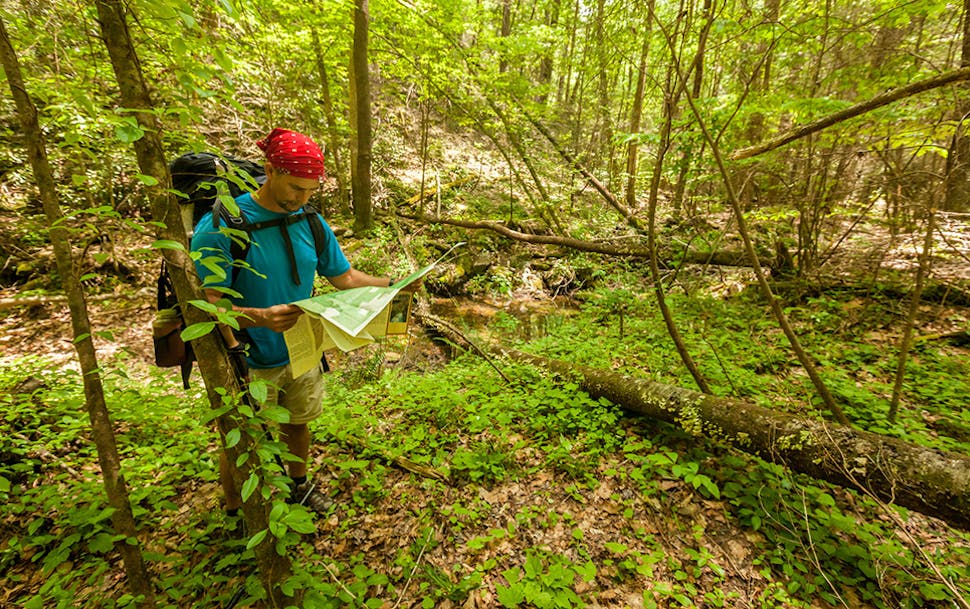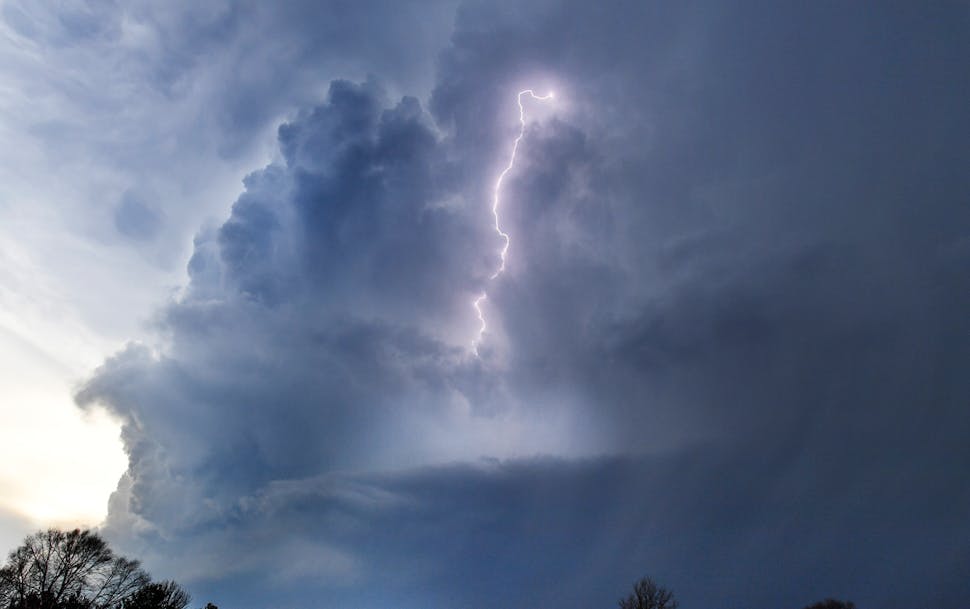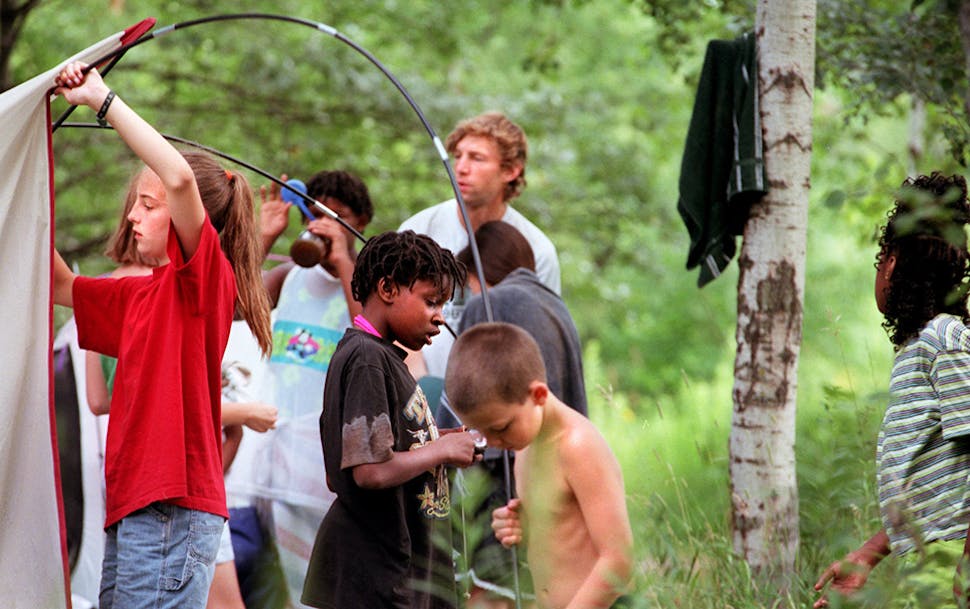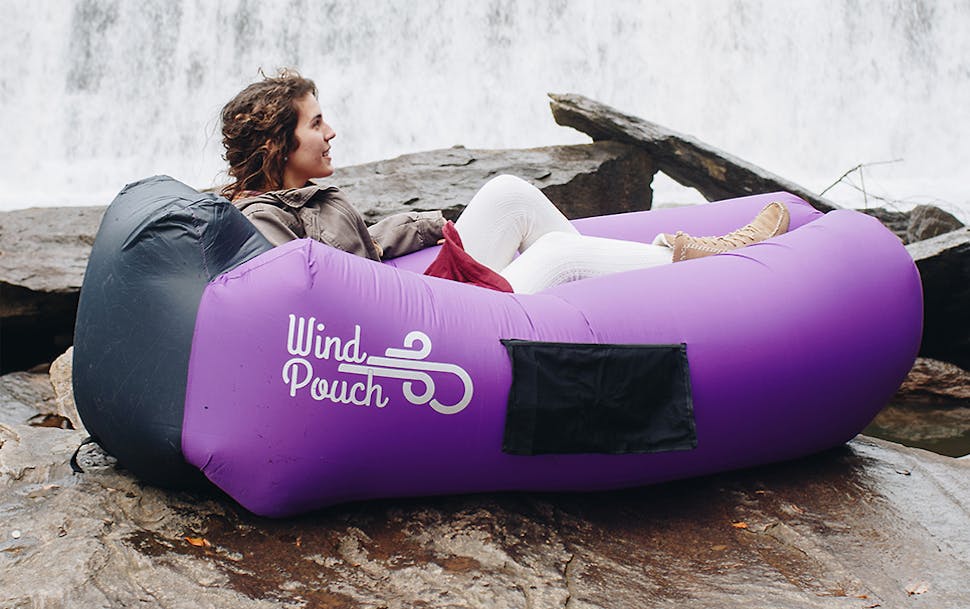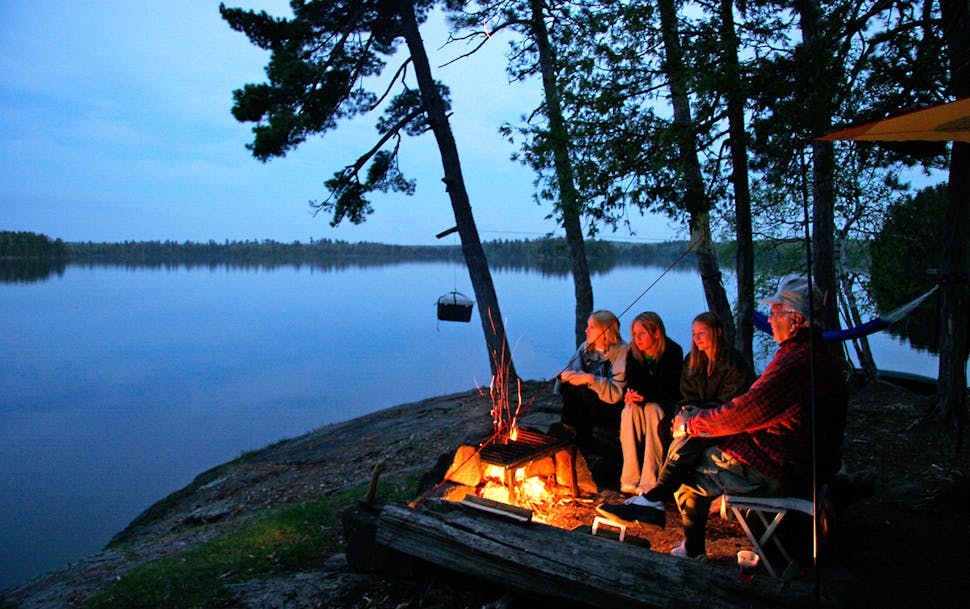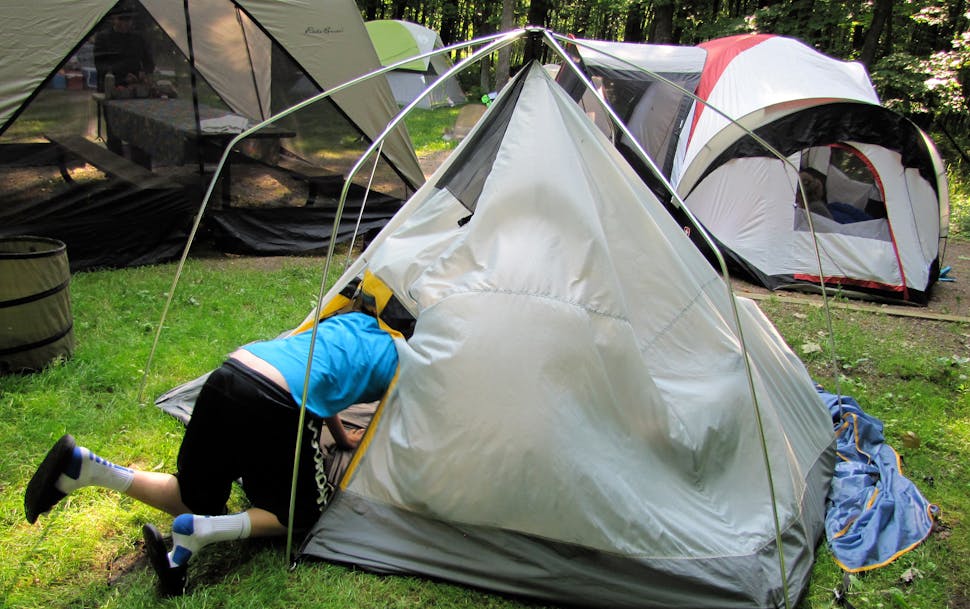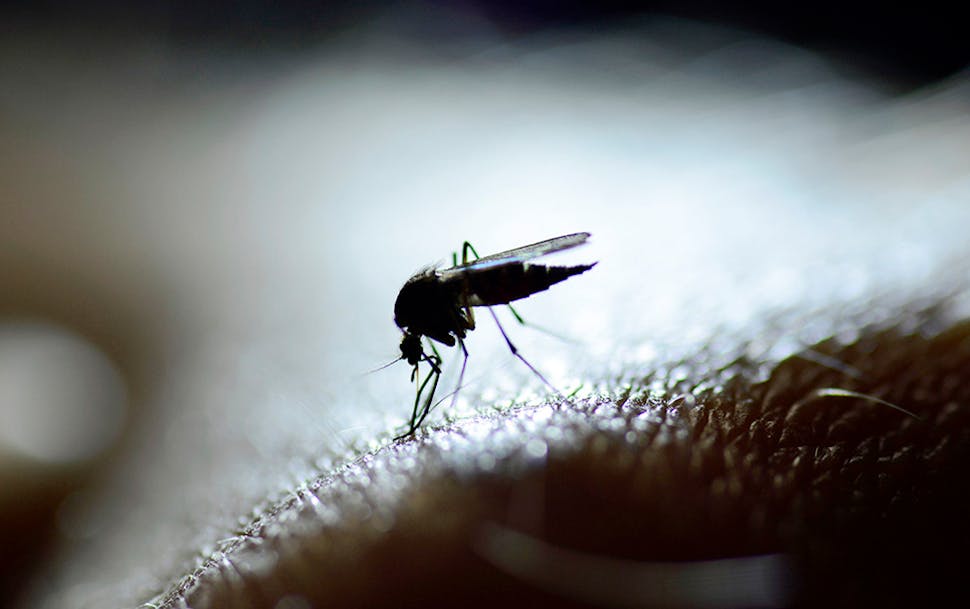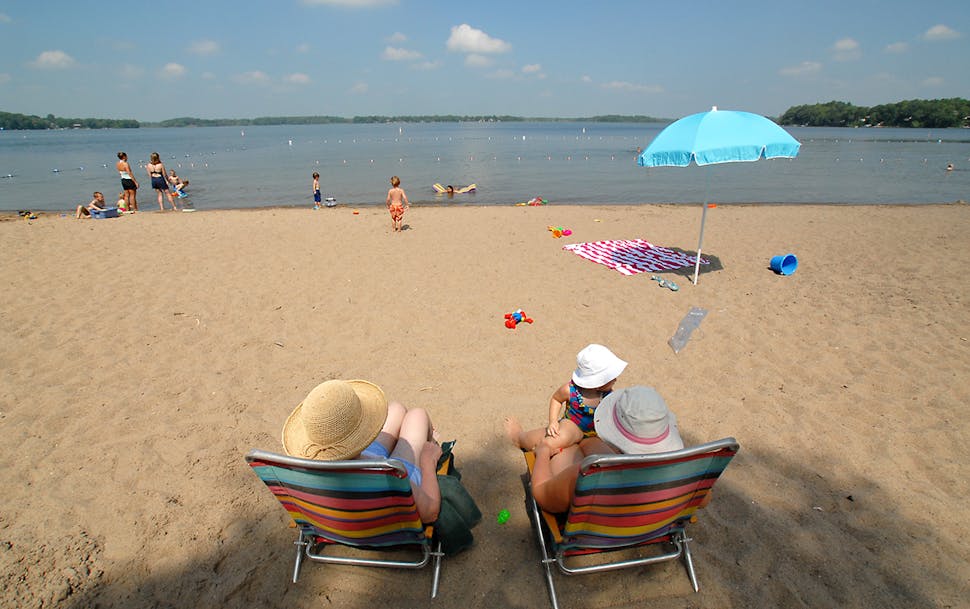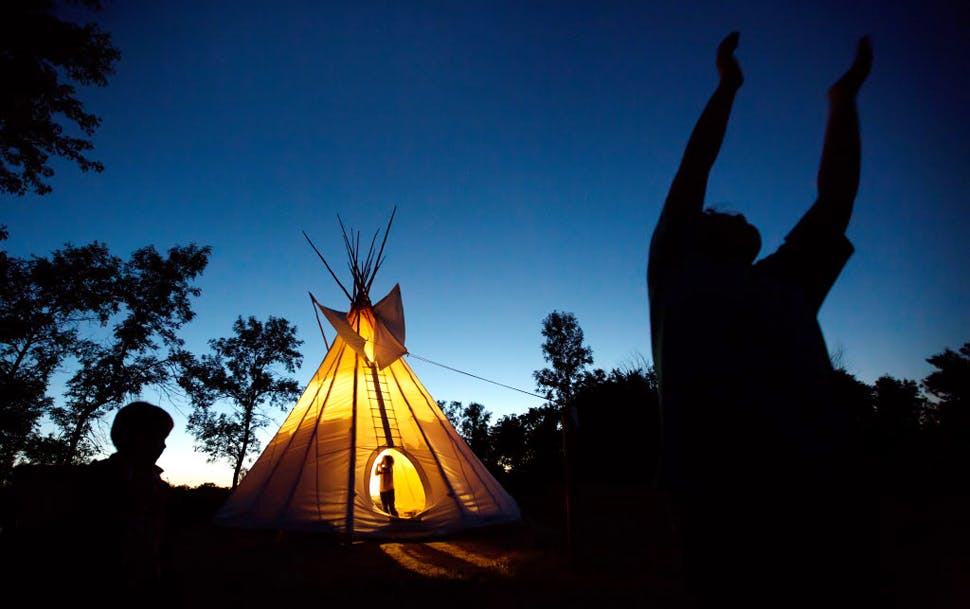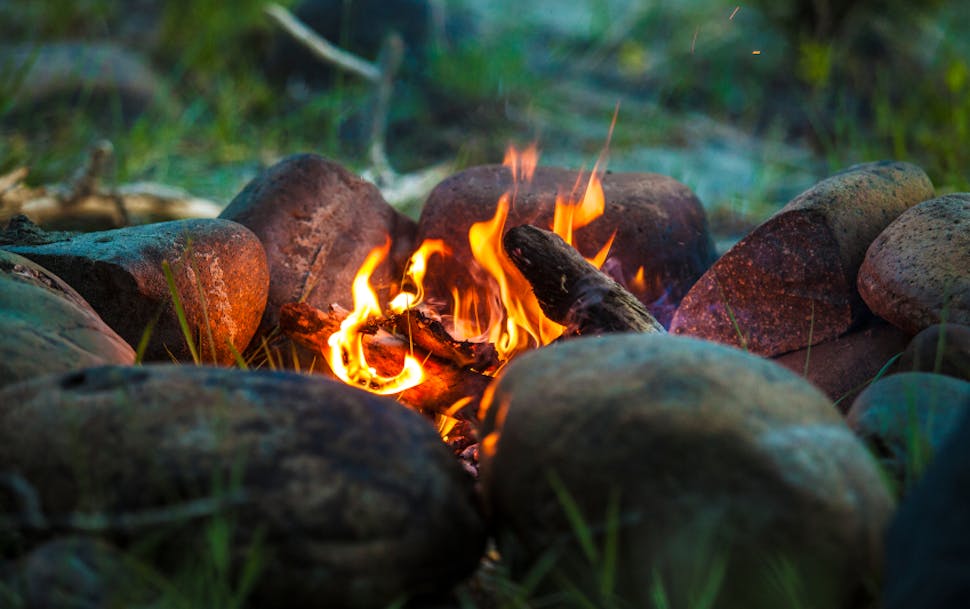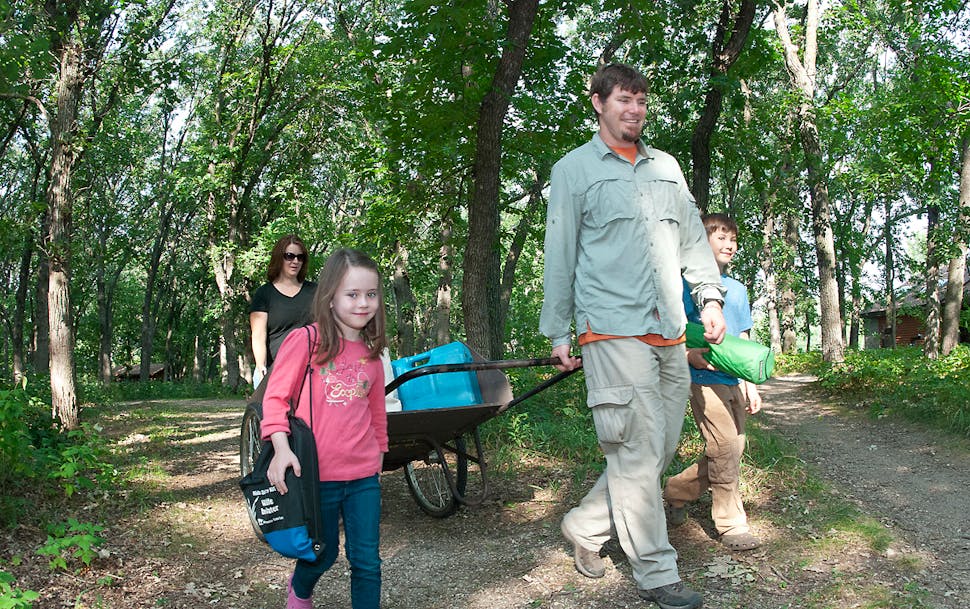Simple items, valuable use
New materials and technology constantly make camping easier, but some old-school ways endure. Here's a sampling:
• The versatile bandanna is simple and cheap. It's a timeless piece of cotton that can hold your hair back, protect your neck from deer flies, hold a stash of freshly picked berries, protect cuts or scrapes, offer a quick pot holder and provide a place mat.
• Plastic freezer bags can protect electronics, key fobs and valuables from moisture and dirt if you're not ready to invest in a dry bag or protective case like a Pelican. Most smartphones fit into Wal-Mart brand portion-control snack bags.
• Helpful items for a day hike in a backpack include a small first-aid kit, bug repellent in a pen-sized spray pump (look for refillable ones), lightweight pocket blanket (such as Matador) that is the size of a deck of cards, pocket knife or multitool, hat, sunscreen and rain coat.
• Quick-drying microfiber towels for bathing and sleeping bag liners for sleeping.
• Headlamps for hands-free midnight trips to the bathroom.
Lisa Meyers McClintick
